The Royal Air Force’s first E-7 Wedgetail aircraft, designated WT001, has completed another system validation flight, the service confirmed today.
Posting on social media, the RAF stated: “The RAF E-7 Wedgetail WT001 completed another test flight today to confirm aircraft systems function correctly.” The flight marks continued progress in bringing the UK’s new airborne early warning and control (AEW&C) capability into operational service.
The E-7 platform, adapted from the Boeing 737-700 and equipped with the distinctive Northrop Grumman MESA radar, is already in service with the Royal Australian Air Force, South Korea, and Turkey. The RAF described it as “the most capable and effective airborne early warning and control platform in operation today.”
The RAF E-7 Wedgetail WT001 completed another test flight today to confirm aircraft systems function correctly.
The E-7 Wedgetail aircraft, in service with other nations, is the most capable and effective airborne early warning and control platform in operation today. pic.twitter.com/rb1l4p1erG
— Royal Air Force (@RoyalAirForce) July 10, 2025
The UK’s Wedgetail programme has not been without controversy. Originally intended to deliver five aircraft, the fleet was cut to three in a 2021 cost-saving measure, raising questions about capacity and resilience.
Speaking to MPs on 26 June, Defence Minister Maria Eagle insisted that the Ministry of Defence remained in close contact with the United States about the platform’s future, particularly in light of U.S. Air Force moves to cancel its own Wedgetail buy in favour of space-based systems. “The Ministry of Defence have continual engagement with the US regarding the E-7 programme,” Eagle said, referencing trilateral working groups established in 2022 and a Joint Vision Statement signed in 2023.
The aircraft is set to replace the RAF’s retired E-3D Sentry fleet, a capability gap that has persisted since the last Sentry left service in 2021. “As highlighted in the recent Strategic Defence Review, the E-7 Wedgetail Airborne Early Warning and Control aircraft provide significant advantages in warfighting,” Eagle told Parliament.
“Growth of the Royal Air Force Airborne Early Warning and Control capability was identified… as advantageous to the UK and NATO.”
To ensure oversight, the Wedgetail project remains on the Government Major Project Portfolio and is subject to scrutiny from the National Infrastructure and Service Transformation Authority. “The Wedgetail programme is subject to regular reviews… [which] undertake regular assessment of the E-7 programme and report their findings at regular intervals,” Eagle confirmed.


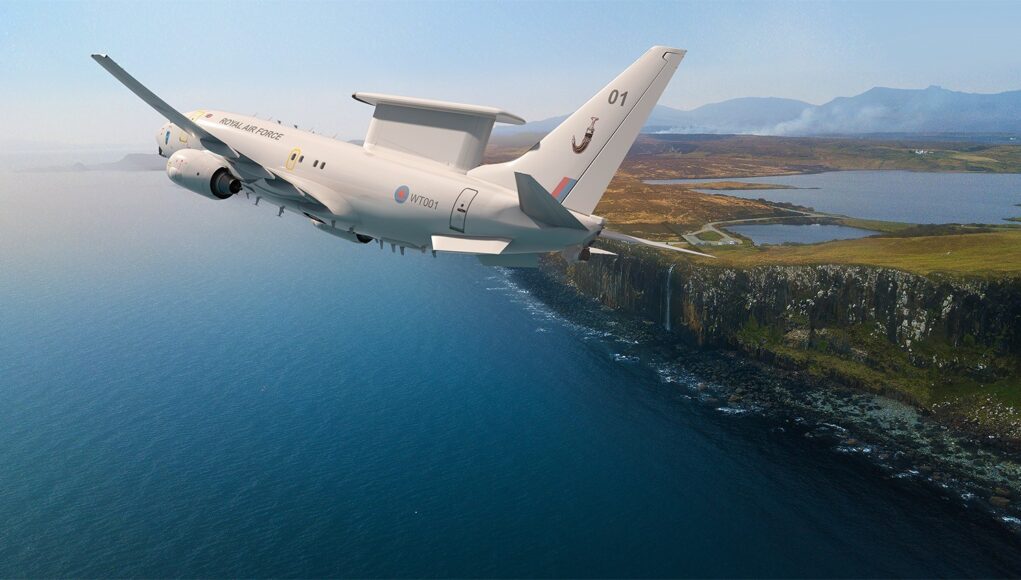
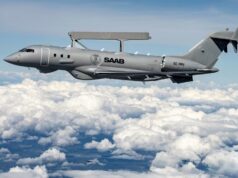


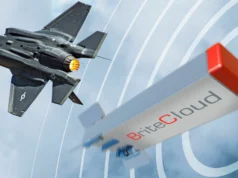
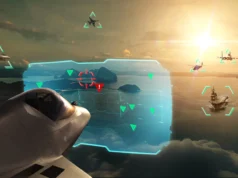
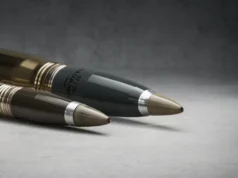
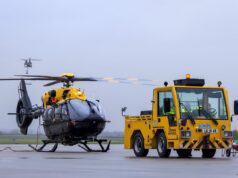

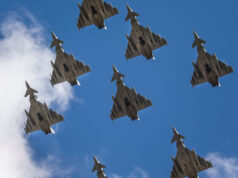
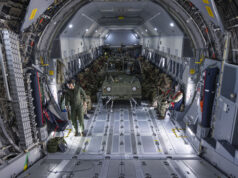

I am trying to understand the US concept of space-based AEW. The first issue that I keep coming up against is that you will not always have a sat in the right postion all the time. Does anyone have an idea on how the US might achieve this?
Well, in a conflict, you’d naturally be able to prioritise coverage over hot zones. The other solution is simply to put more mass into orbit, which is the way they’re currently going.
There was a report the other week that a Russian sat has “fired” a projectile..
In the 70s there was research into anti sat systems such as the ASAT missile fired from F15s.
Ballistic missiles might have the capability to launch satellite destroying payloads.
Space systems could be taken out , so dropping E7 seems a strange choice.
I fear it’s influence from interested parties over any actual logic based on superior performance, I would say you need both after all there is no guarantee space based systems will be effective when you need them an aircraft solution has added flexibility even if overall ‘working as intended’ satellite system is ultimately more effective. It’s the working as intended bit that’s the big question mark in real time scenarios. For example Starlink as I am just reading has had 500 satellites burn up in just 6 months so one hopes it’s not Musk defining what an enhanced surveillance satellite net might look like. Either way with others presently offering only limited launcher support he will be an important part of any space side solution, so probably best not to extradite him just yet Mr President. I do wonder if the US just might retain an airborne solution at least till that scenario changes which might be some years, but depends on what side Trump wakes up on in the morning I guess, or what Musk has recently tweeted during the President’s morning coffee.
The USAF seems to agree, they have asked Congress to fund the E7 even though the guy from Fox News with all the tattoos wants it gone. There was a letter signed by 200 former commanders calling for the E7 to be restored and F35A purchase rate to go back up.
Interestingly in testimony to Congress it was stated that the UK decided to increase its E7 purchase following the Strategic Defence Review so maybe an announcement will come this year.
Buying more F35A’s and moving up to at-least 5 preferably 7 E7’s is probably the most useful thing the UK can do right now to contribute to both NATO and wider US lead operations.
If Hegseth gets his way the USA may no longer be able to conduct air operations without the support of Allie’s or NATO. The E2 is just not a real option for a major air campaign.
I think moving to 5 E7’s is a cert for the equipment review, no chance of anymore Jim.
The cost will be considerable, as the core build team is already starting to draw down.
In order to minimise the damage, the MOD has to source the additional airframes now and feed them into the line before the company wraps up production…
Why wrap up the production line? As far as I am aware other European countries want the E-7 to replace the European pool E-3 aircraft. If the Uk wanted more than 5 radar suites then maybe they could tag that onto the European order whilst giving technical assitance to Europe.
It might be low-Earth orbit satellites that have a service life of 6 to 10 years before they deorbit. You would also need to deploy thousands…
Indeed, I won’t repeat my comments just see my post above, it doesn’t bode well, except perhaps for an unpopular (especially with the President) space launch personality with suspect priorities.
With thousands of satellites, think star link that’s the idea. Starlink is looking at moving up to 30,000 satellites in LEO now and it may be operating several thousand star shield satellites for the NRO and DoD.
It’s also why it will take years to get this done if it ever happens and replacing all those satellites on a regular basis will cost a fortune. Small low power satellites are also easy to jam.
The US Space Force (USSF) are in the process of developing a new concept called ground moving target indication (GMTI), which will be satellite based and generated by a constellation of satellites. The US are looking at GMTI as a method to replace JSTAR type aircraft. As these types of aircraft are a lot more vulnerable to air defences, due to the need to operate nearish a front line. They are much more vulnerable than say an AEW platform. But they provide commanders with vital information on what is happen on the front, but also what is happening behind it on the enemy side. Their thoughts are that if GMTI can be made to work, then the next evolution would be airborne moving target indication (AMTI). They have been talking about using a constellation of 24 satellites that can be used to provide synthetic aperture radar (SAR) imagery along with a target tracking capability. These systems are built on the back of the cancelled Discoverer 2 program, which tried to do the same in 2000.
There a a few advantages with satellite based radar for airborne early warning. The main one is the radar is looking down, so will illuminate the top of the aircraft. This area is usually flatter, so will be generate a good reflection. But also on stealth aircraft, the top of an aircraft usually has a thinner radar absorbent material (RAM) and radar absorbent structure (RAS). So the reflection threshold will be much smaller, i.e the ability to absorb radar, will be much less capable.
But, the satellites will have a known orbital path. Which for a peer country, means to use its forces in a conflict, these satellites will be priority number 1 for either destroying or inhibiting. As they won’t be able to manoeuvre their forces without being seen. Russia, China and India have all shown they are capable of kinetically taking out a satellite. But also the US’s SM3 and ground based interceptors (GBIs) along with Israel’s Arrow all have a low earth orbit anti-satellite capability. Which is great for creating lots of space debris and probably denying that orbital altitude for other satellites. So perhaps we will start to see directed energy weapons (DEW) being used instead. As they can disable a satellite without breaking it up into debris. The question will then be, how quickly can one country replace lost satellites?
at a guess…. trump got sold on some theoretical space based sat system taking over by musk, who told him he could launch thousands of them in a short time and thus wasting money on “antiquated” aircraft was a waste of money? ofc this was probably before they fell out… ;p
Yup my take too, which will probably be redundant news in itself after recent events and as I say above (literally) 500 Starlink (yes 500) have de orbited in 6 mths so you can just get a taste of the potential cost and for some profit in keeping such a system tenable. Right up Musk’s street as his whole reason for getting into Govt was based on (apart from closing down legal matters threatening him) getting as much Govt Business as he could to compensate for his inevitably failing car company upon which the majority of his wealth and borrowing capacity (which he lives off) is presently based.
It’s getting so bad with satellites burning up that it might affect the ozone layer.
Now Elon wants 30,000 and China wants 30,000.
Crazy.
Bet they are fun to land in a cross wind, with the slab sided radar structure acting as another fin.
Kick off the drift!
I think they will all come down to earth soon…. Oh. Sorry not the sat’s the people .